Culture as craft: Reimagining HR with empathy, creativity, and impact
When people think of HR, they often imagine checklists, compliance, and control. It’s associated with rules and procedures, not creativity, storytelling, or inspiration. But HR can be all of that—and more.
Done right, HR is where design meets behavior, empathy meets systems thinking, and culture becomes something you can feel, not just follow. At Globe, where I lead Culture Building, Employer Branding, and Employee Experience, I treat HR as a creative discipline—one that understands how Filipinos think, connect, and collaborate.
We value pakikisama: harmony, relational cues, and shared decisions. We often wait for permission before acting, and we thrive in communities. That insight informs my work: to reshape workplace culture in ways that are inclusive, accessible, and co-created, not dictated.
Digitalizing empathy: Caring at Scale
My Employee Experience Design journey started five years ago, in the middle of a lockdown. When COVID hit, physical connection vanished. Our challenge became clear: supporting 8,000+ employees across the archipelago, consistently, meaningfully, and humanely.
We turned to technology—but not to automate, rather to amplify care.
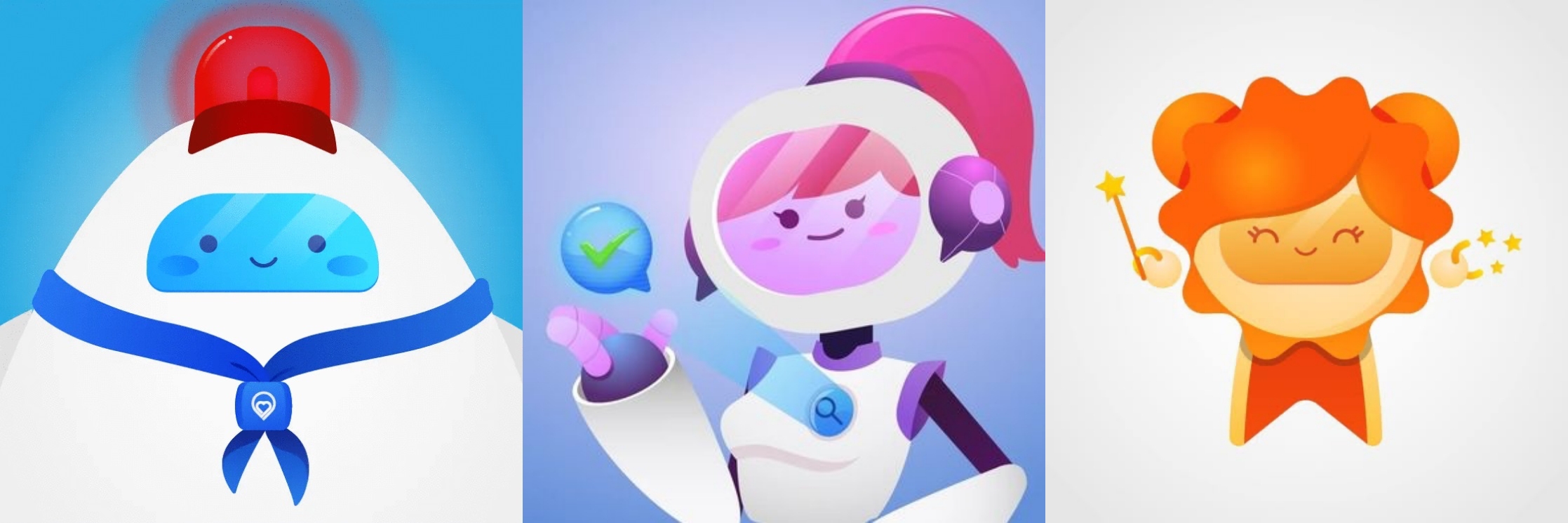
We built DUDE (Digital Usher for Disasters and Emergencies), a wellness chatbot that greeted employees daily with thoughtful, varied messages. When someone is unwell, DUDE connects them to help: mental health support, medicine, or even hospital beds during COVID surges.
Then came Wanda, our whimsical recognition fairy. She democratized appreciation through witty, heartfelt e-cards for all occasions: Valentine’s Day, Buwan ng Wika, National Heroes Day, or even regular Tuesdays. These weren't templates. They were scrapbook-worthy, culturally rich, and emotionally resonant.
We also launched EVA, our Employee Virtual Assistant, to answer HR questions, deliver updates, and host HR forms. But EVA didn’t just inform; she encouraged. She celebrated paydays, cheered on new benefits, and added warmth to every interaction.
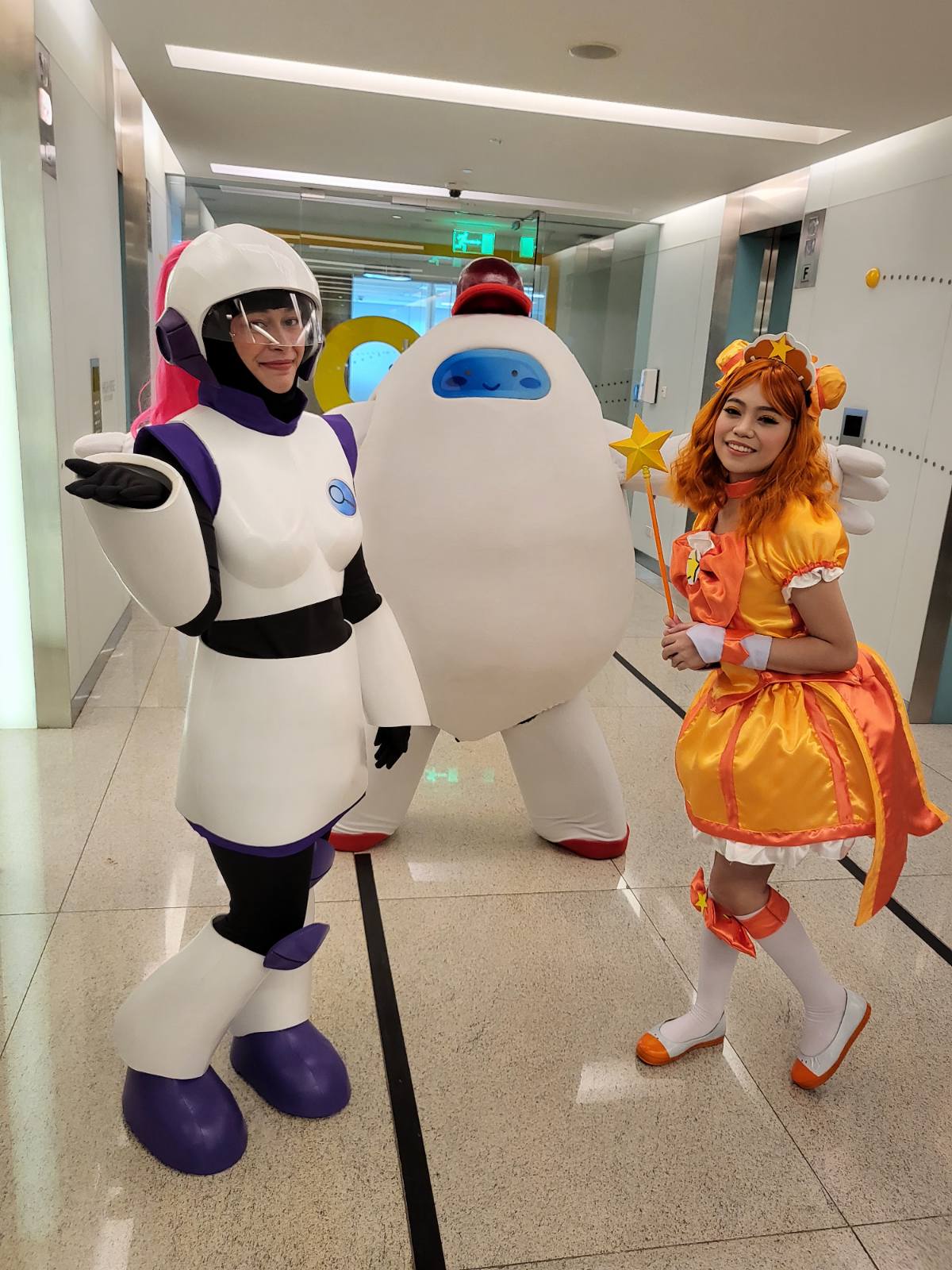
Beyond digital tools, these were cultural companions, extending sincerity at scale. In a year of global isolation, we received the highest employee engagement scores to date; proof that sincerity and design can bridge even the widest distances.
Rewriting culture, together
Tech allowed us to scale care. But culture? That had to be built together.
In 2022, Culture Building was added to my role. We refreshed The Globe Way—our core values—not as top-down declarations, but as everyday behaviors people could own. We replaced jargon-heavy statements with 10-word phrases. Assigned hand gestures to each value as mnemonic tools. Translated them into five major Philippine languages to ensure accessibility from Cebu to Cotabato.
But the real shift came when we said: “Culture isn’t HR’s job. It’s everyone’s.”
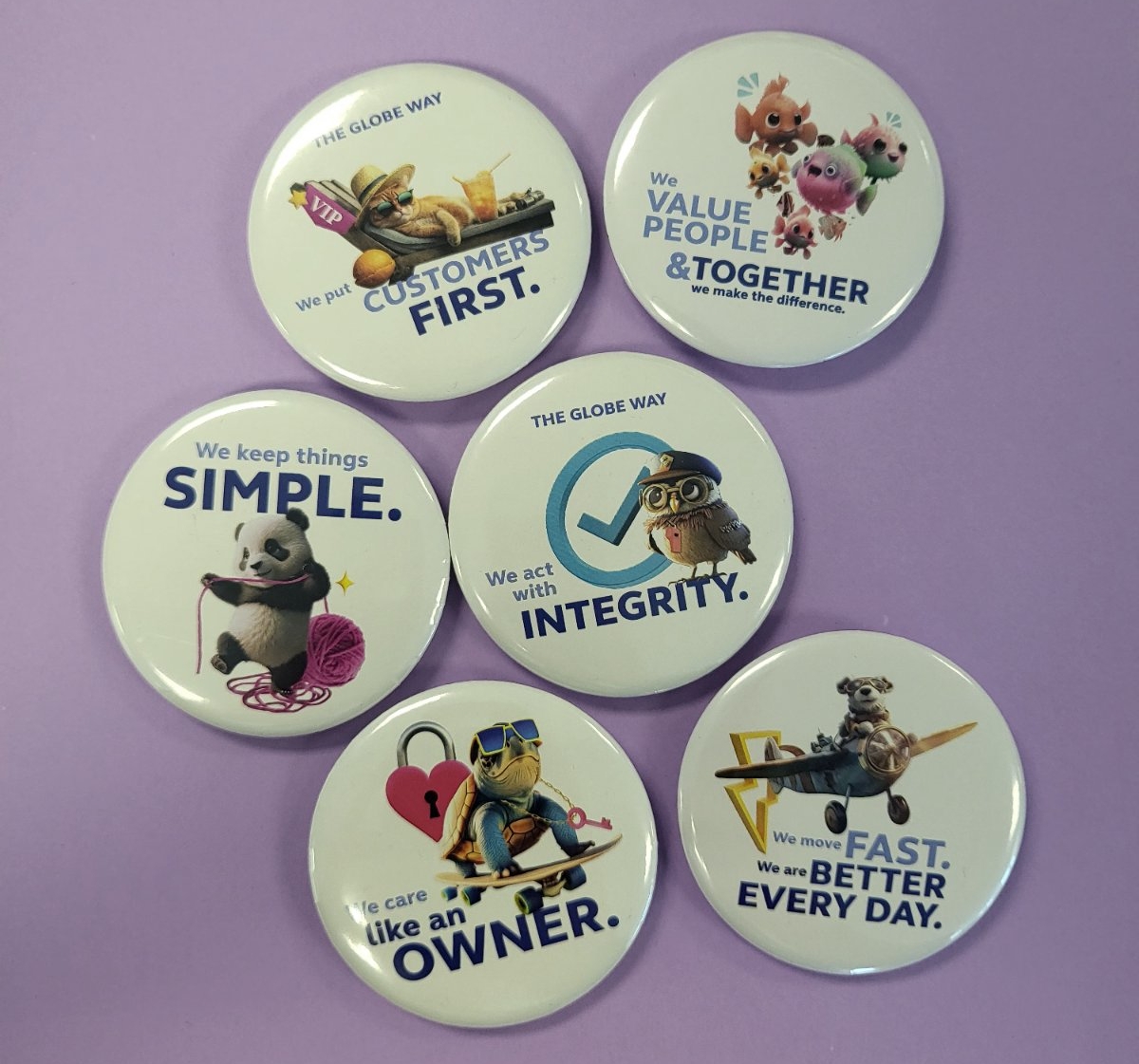
We launched Globe Way Corners, a card game with conversation prompts designed to bring values into real, relatable spaces. Teams explored questions like, “How do we help each other succeed?” or “How do we manage different perspectives?” These weren’t icebreakers. Instead, they opened up real, vulnerable, and often funny conversations. Suddenly, values weren’t something on a wall; they were being lived in the hallway, in Zoom rooms, over coffee, and with team merienda.
This was followed by Values Lived, a collection of statements where people shared how they lived the Globe Way in their own way. From engineers to marketers, from support teams to regional leads, commitments poured into various interactive installation art across offices. They weren’t polished. They were honest. And they created a shared narrative of what our culture really looked like.
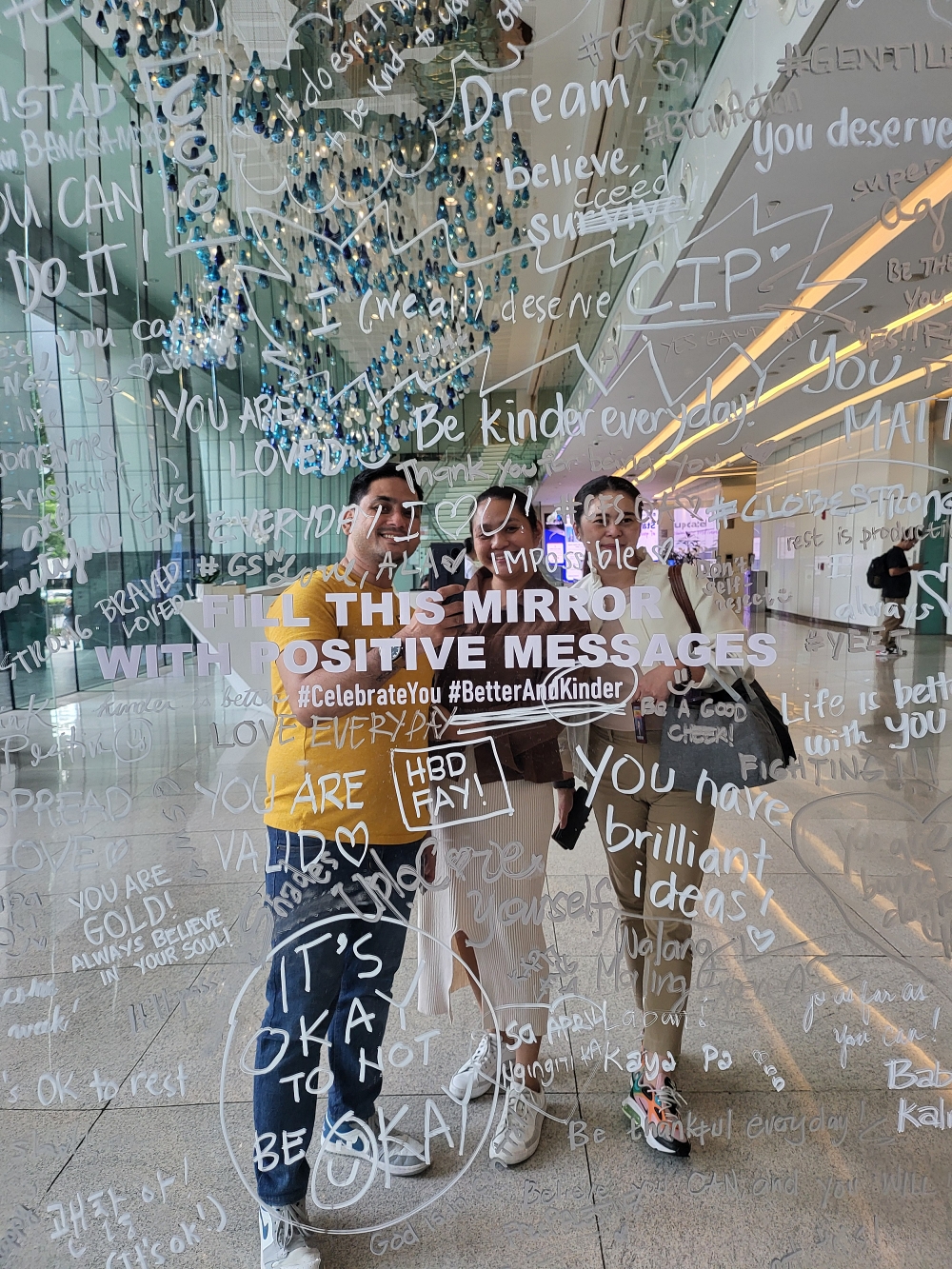
We’ve learned that when values are shaped at the corners of perspectives, where roles, personalities, and locations meet, people don’t just understand culture better. They understand each other better. By the end of 2023, when we surveyed employees about how they see values in action, our Values Observed Score rose to 91, a huge jump from 80 five years ago.
Co-creating a living brand
If culture is how we behave, employer brand is how we tell that story, internally and externally. Too often, those two things are siloed. We bridged them.
In 2024, we launched the employer brand “Create Everyday Possibilities.” Not as a slogan, but as a guiding mindset to anchor everything from onboarding and development to recognition, wellness, and purpose. To support it, we created www.CreateEverydayPossibilities.com, a platform for employees to share their own stories of possibility, growth, and meaning at work.
Over 300 employees have submitted their stories to date. One wrote about how she proudly puts Deaf on her résumé now. A few shared their fitness transformation. A Chief Officer shared his vision of AI for All. Gen Zs shared how they’ve redefined leadership. LGBTQ+ employees wrote about finding belonging. Ramadan reflections tied personal faith to the company’s broader purpose. These weren’t just stories, but community-made culture.
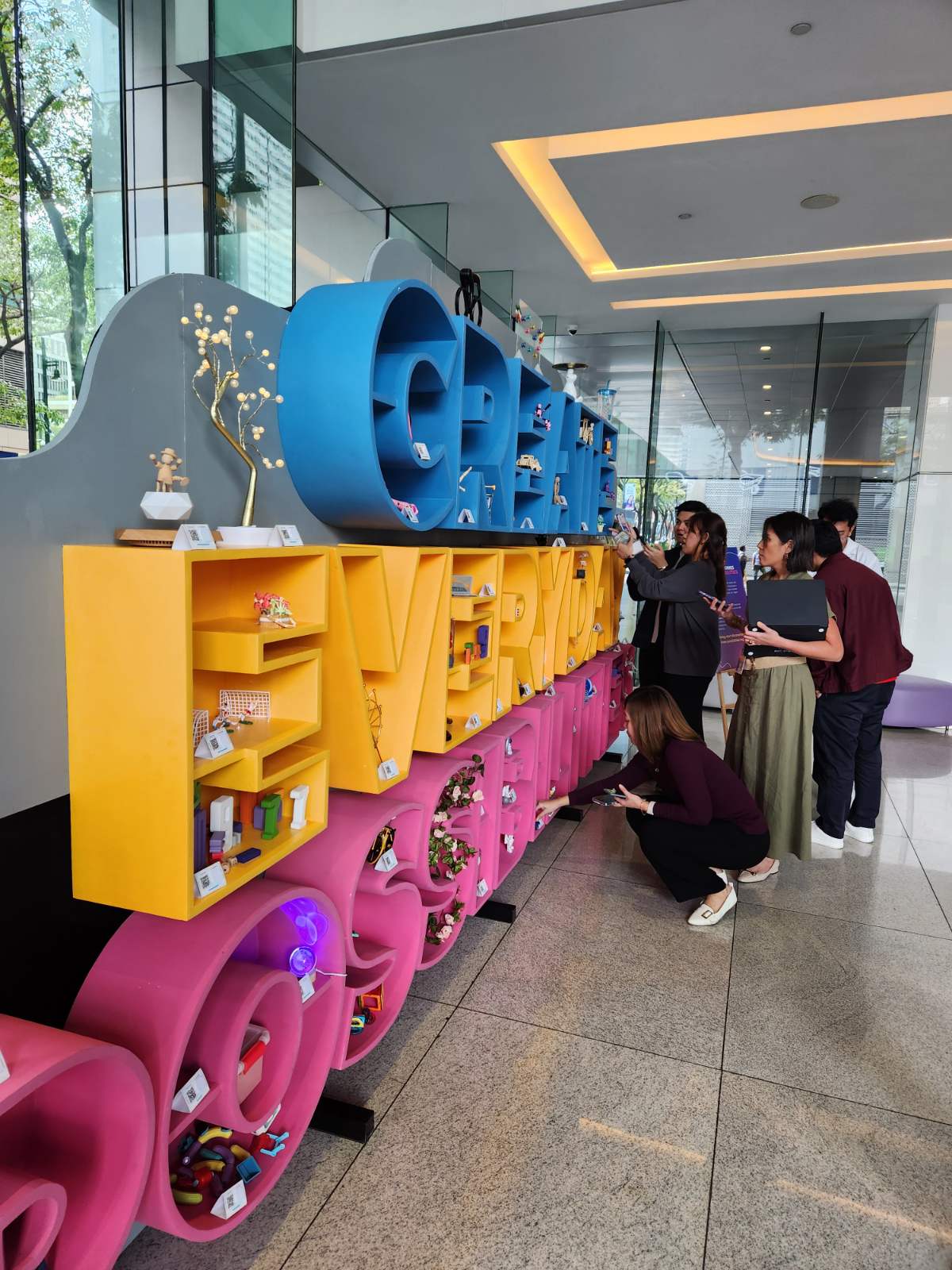
By the end of 2024, the platform helped generate 49 media pickups, up from just seven the previous year. We rose in employer rankings across Glassdoor, Leading Employers, LinkedIn, Statista, and Universum. By June 2025, our Employee Net Promoter Score hit 52, outpacing local, industry, and global benchmarks.
As work becomes more digital and dispersed, human-centered HR design isn’t a luxury, but a necessity.
Crafting a human workplace
What unites all these efforts is a simple belief: HR is a design discipline. It’s not just policy but possibility, built with intention.
It’s not just about programs, but about creating experiences that reflect who people are and who they’re becoming. It means designing for how Filipinos connect, collaborate, and find meaning—together, deeply, and always with heart. Whether it's a chatbot that checks in with care, a card game that champions belonging, or a platform where people share their truths, my craft is about building the emotional infrastructure where culture can take root.
HR doesn’t have to be rigid. Like all true craft, it can be made with empathy, imagination, and a deep respect for the people it’s meant to serve. As work becomes more digital and dispersed, human-centered HR design isn’t a luxury, but a necessity. Because culture isn’t a poster on the wall. It’s what people live, shape, and share together. In the end, that’s my role: to turn strategy into story. Values into action. And workplaces into communities—where possibility isn’t just promised, but practiced every day.


